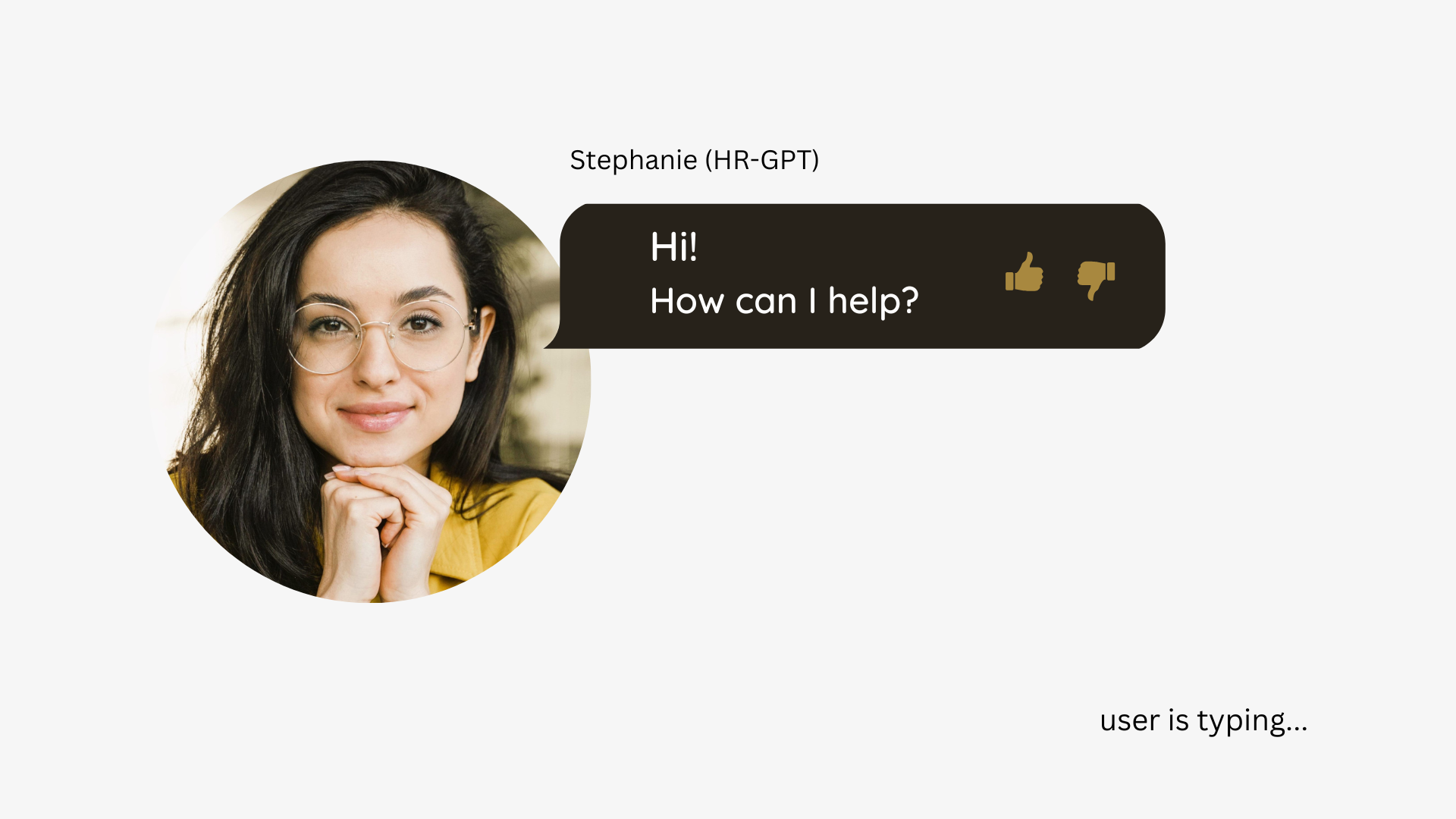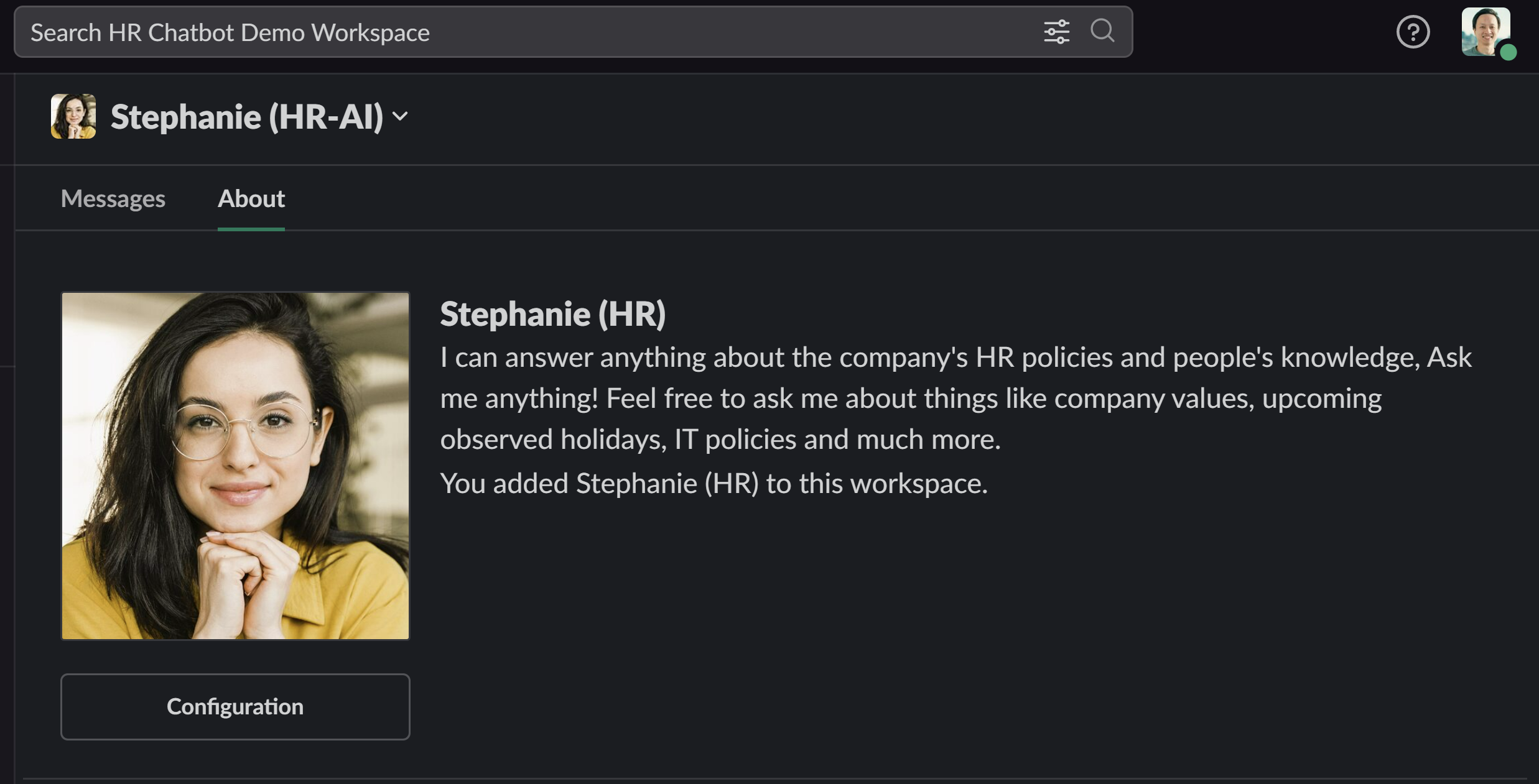As remote workers, we know the pain of starting a new job and having a million questions about the company. We're under pressure to get up to speed quickly, but we also don't like to bother the HR or recruiters too much. So we're stuck!
As HR, you're probably tired of answering the same questions over and over again. You want to help your new hires, but you also have a million other things to do. Worse, there might be hundreds of new hired in this batch and they're all asking the same questions! You're tired!
HR-GPT can be the bridge between you and your new hired. She'll also stick around throughout the onboarding period into the 1-month, 3-month and 6-month marks to make sure your hires are cared for.
- Check out the live demo here
- The Slackbot runs from
main.py - LangChain agent, LLMChain and RetrievalQA are used to answer questions
- The agent receives a question and pick the best tool for the job (introduce itself, query the knowledge base, or calculate stock vesting schedule)
- User can quickly update current knowledge vectorstore by uploading files directly through Slack or pasting URLs in using a slash (/) command.
- OpenAI's gpt-3.5-turbo is used for both LLM and embedding operations
- Supabase for logs in Postgres
-
Prerequisites
- Python 3.10.5 or newer
pipinstalled- OpenAI account & API key
- Slack account, test workspace, bot & app token
- Sign up for Supabase to get a URL and key (this is used for logging)
- If you don't want this, make sure to comment out the logging code in
slack_respond_with_agent
- If you don't want this, make sure to comment out the logging code in
-
Setup Slack App and get tokens
-
Sign up for Slack
-
Go to api.slack.com
-
Create a new Slack app
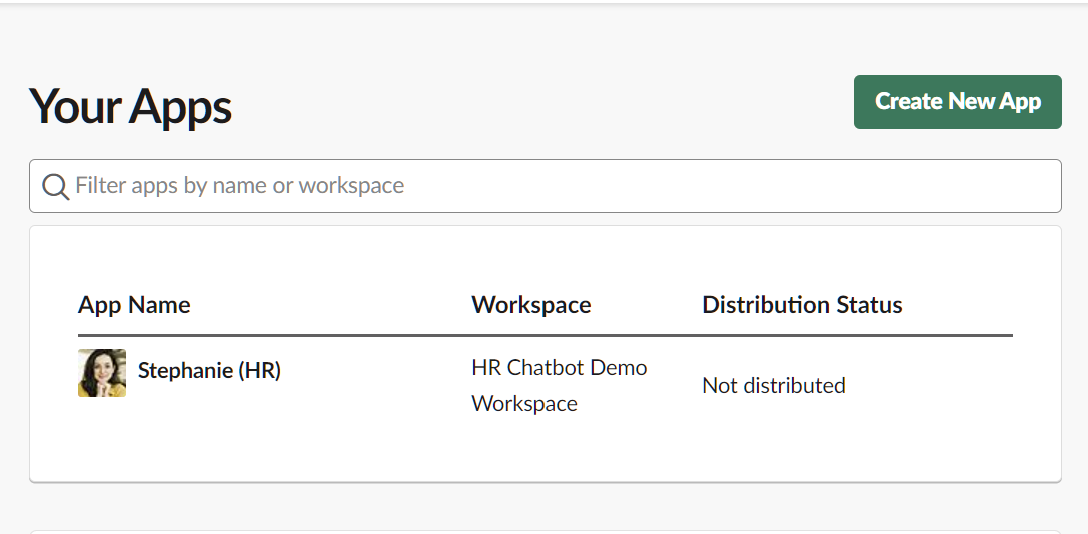
-
Get and save the app's token (later to put in
.envfile)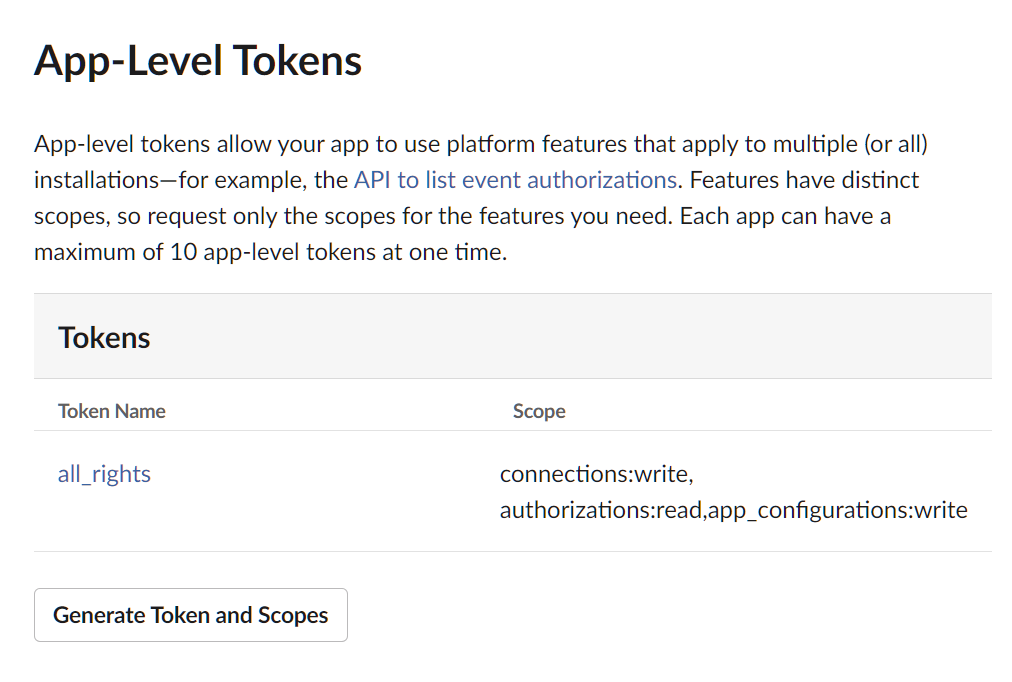
-
Get and save the bot's token (later to put in
.envfile)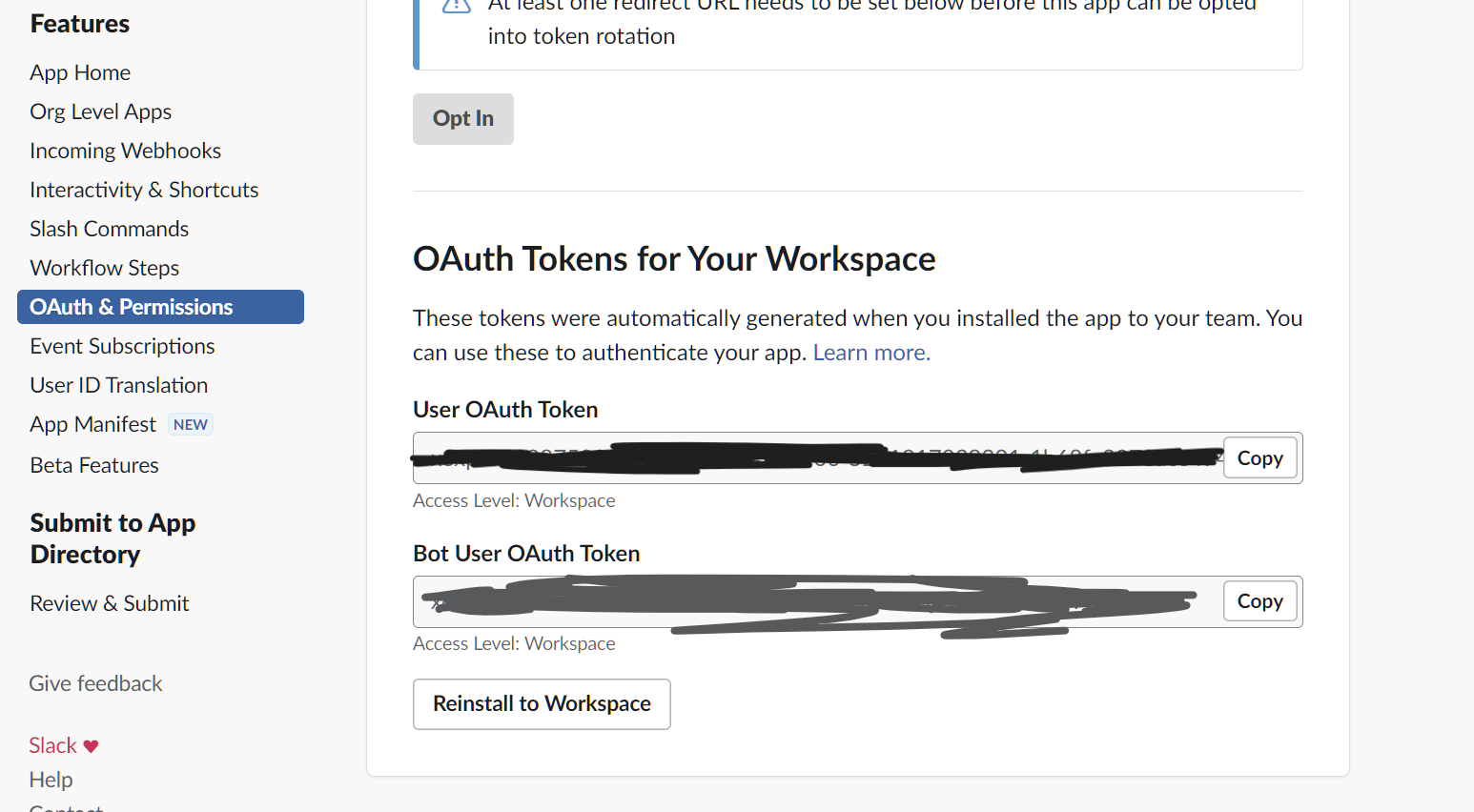
-
Give the bot enough OAuth & Permissions scopes
-
Bot token scopes
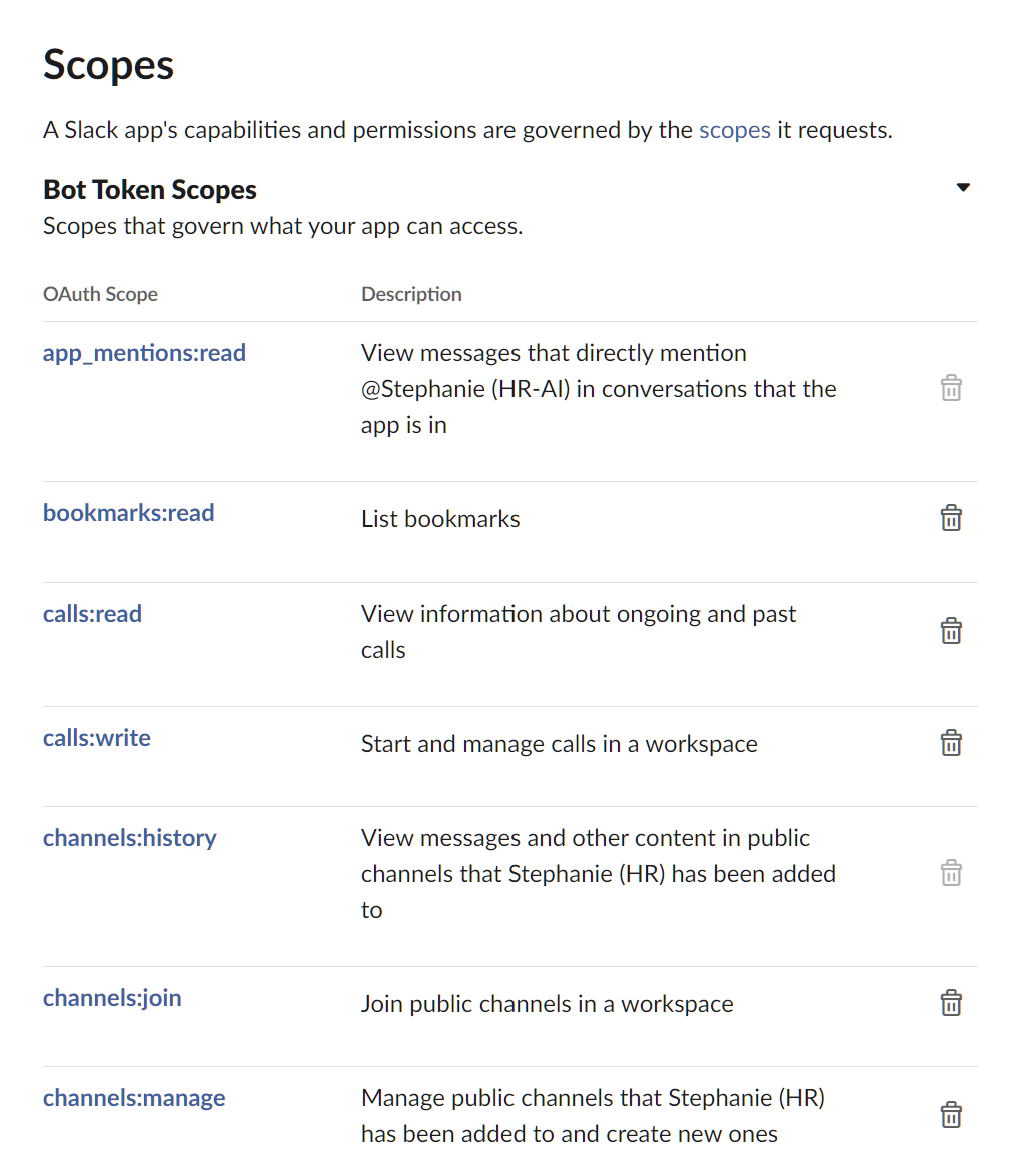
The scopes needed are:
app_mentions:read,channels:history,channels:join,channels:read,chat:write,chat:write.customize,chat:write.public,groups:history,groups:read,groups:write,im:history,im:read,im:write,im:write.invites,im:write.topic,incoming-webhook,links:write,links.embed:write,links:read,metadata.message:read,mpim:history,mpim:read,mpim:write,reactions:read,reactions:write,users:read,users:read.email,users:write,users.profile:read -
User token scopes
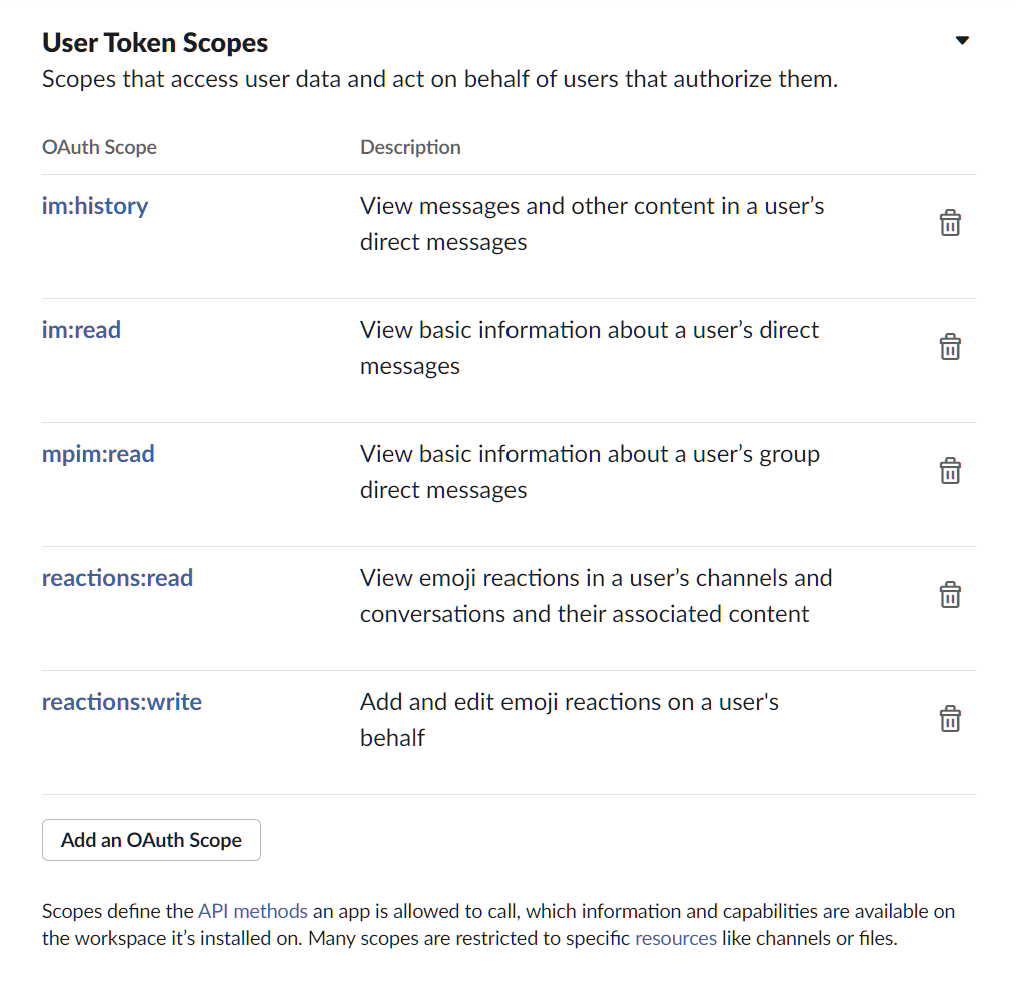
The scopes needed are:
im:history,im:read,im:write,im:write.invites,im:write.topic,mpim:history,mpim:read,mpim:write,reactions:read,reactions:write
-
-
Subscribe to events

The events are:
app_mention,im_history_changed,message.channels,message.im,reaction_added -
Enable "Socket Mode" in Socket Mode
-
Enable Org apps program in Org Level Apps
-
Install the Slack app in a workspace
-
-
Setup project
-
Create a new
.envfile -
Put in these details (the first line is to automatically activate the virtual env when you open the terminal)
source hr-gpt/bin/activate OPENAI_API_KEY= SLACK_APP_TOKEN= SLACK_BOT_TOKEN= SLACK_APP_ID= SUPABASE_URL= SUPABASE_KEY= -
Create a new Python virtual environment
python -m venv hr-gpt(Mac)py -m venv hr-gpt(Windows 11)
-
Start virtual environment manually by running:
source hr-gpt/bin/activate(Mac)- Or start it automatically by opening a new Terminal or Powershell and entering the project's directory.
-
Install Python requirements in the project repository:
pip install -r requirements.txt- If new dependencies are added, add them manually to
requirements.txt
- If new dependencies are added, add them manually to
-
-
You can test against a FAISS vector database of GitLab's company handbook (
tests/faiss_company_handbook) -
Make sure you're in the Python virtual environment (which is indicated by the name of the env in your Terminal/Powershell)
-
Start the app by running:
python main.py(Mac) orpy main.py(Windows 11)
-
If you're using Heroku, you can check the logs by running the following command in the terminal:
heroku logs -a hr-gpt > logs/logs.txt
